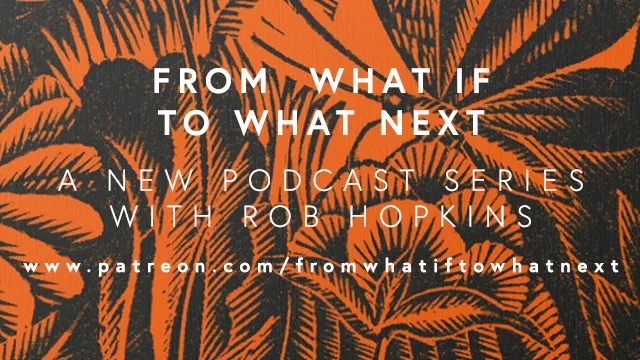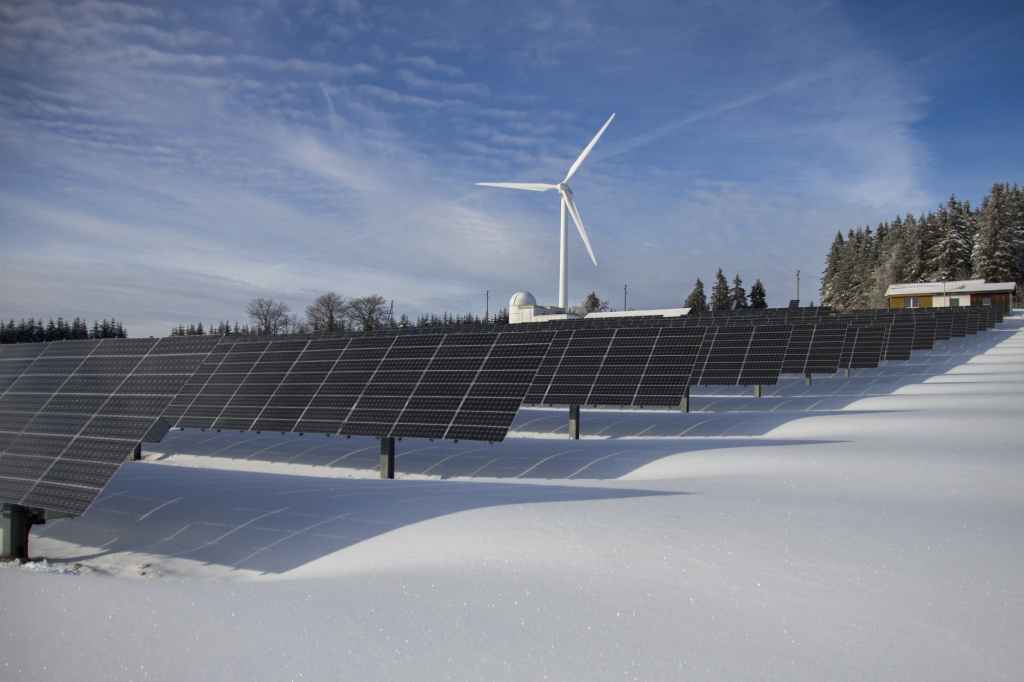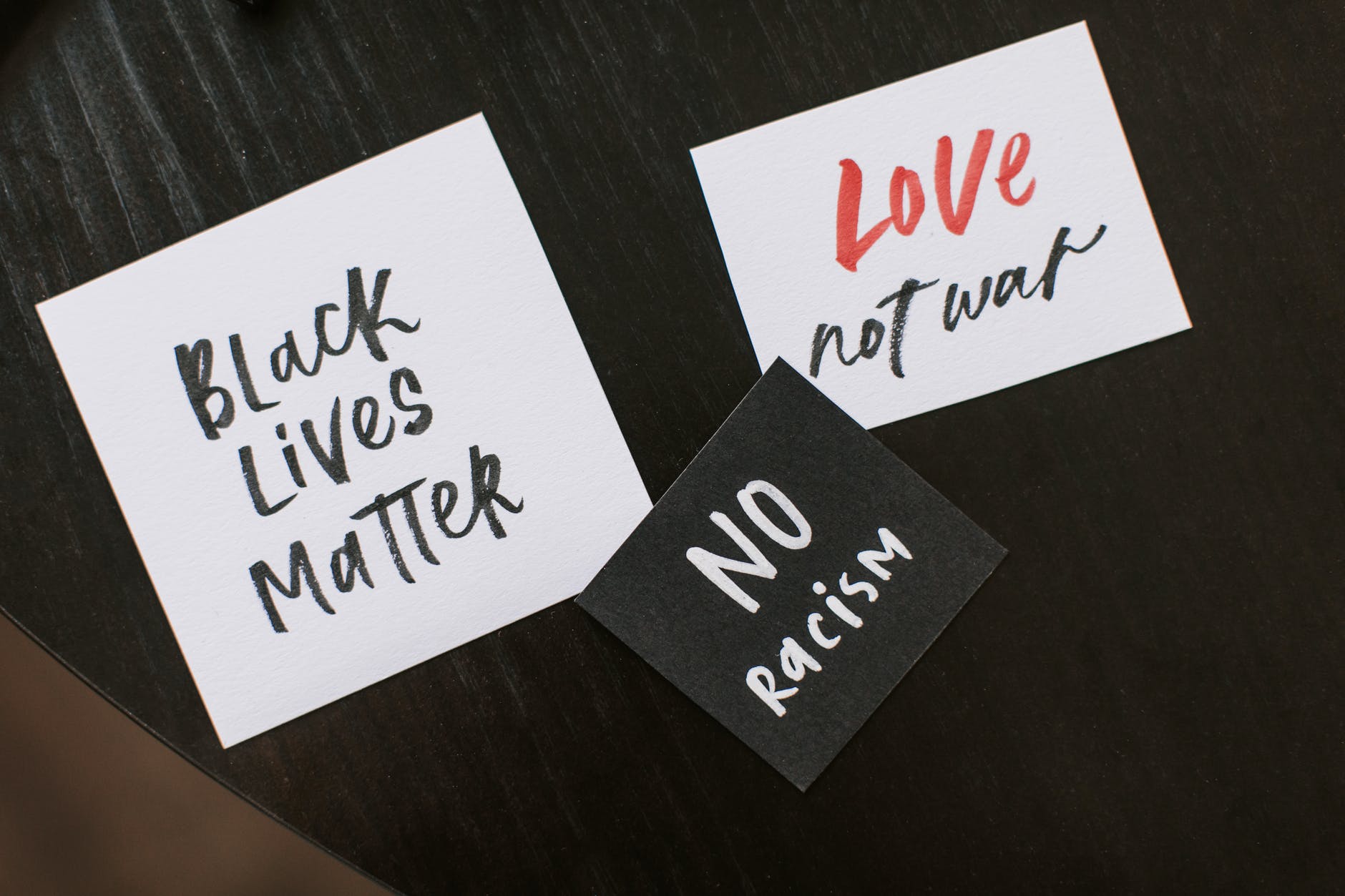
I’ve talked about how fiction can point the way to better futures, and one thing that really underlies fiction is imagination. As Einstein said, “We cannot solve our problems with the same level of thinking that created them.” If we want to overcome the climate crisis we need to imagine a better future than our current cyberpunk dystopia. This is why I was so excited to find the From What If to What Next podcast by Rob Hopkins.
Hopkins and his guests take the listener on a journey to an imagined 2030 that has seen radical change for the better. Each episode focuses on a specific topic, like Universal Basic Income, and the show starts with the guests describing what a day-in-the-life in 2030 might be like.
It’s been said that people find it easier to imagine an end to the world than an end to capitalism, and that’s because imagination outside of how to make more money has been relegated to the realm of children. Having an active imagination is seen as a weakness for adults who shouldn’t have their “head in the clouds.”

We need to reinvigorate our collective imagination to move forward as a society. The challenges facing us are serious, but that’s all the more reason to stop taking ourselves so seriously. Imagination and play are pivotal to our survival as a species, and that’s something we often forget, particularly those of us with backgrounds in STEM. Artists are way ahead of us in this respect.
When I was in grad school, I remember a friend from Thailand telling us how the protests there were like big parties with music and dancing. I just didn’t get it. My understanding of a protest was a bunch of angry people waving signs and calling out demands on a megaphone.
Now though, I think protests parties seem more effective. Prefiguring a better world at a small scale, like Occupy Wall Street did, is like a kind of sympathetic magic to create a future worth running toward. From What If to What Next is a great way to start thinking about the possibilities in our solarpunk futures. As we’re still evaluating how things will be when we establish a “new normal” after the pandemic, I’m cautiously optimistic about how we might see a brighter tomorrow.
Do you have any favorite ways to let your imagination run wild? I’d love to hear what you do in the comments! I love going on walks to jump start my own imagination.









